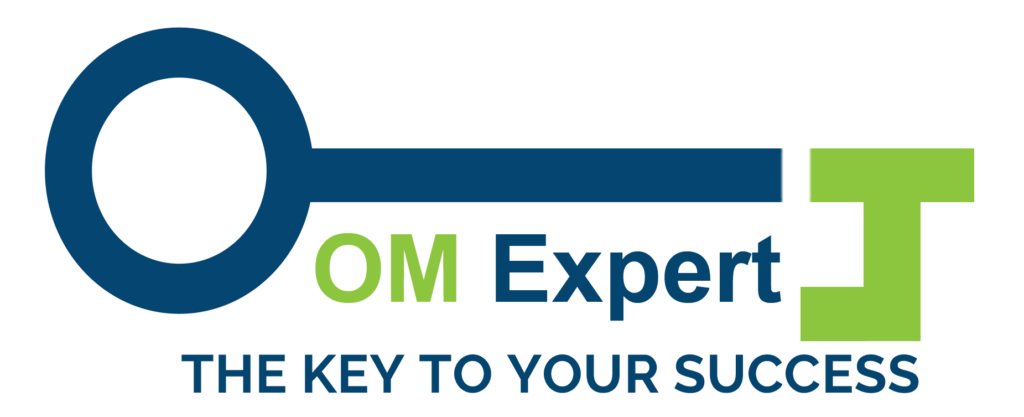Understanding the Google AI CTR Drop across Organic and Paid Search
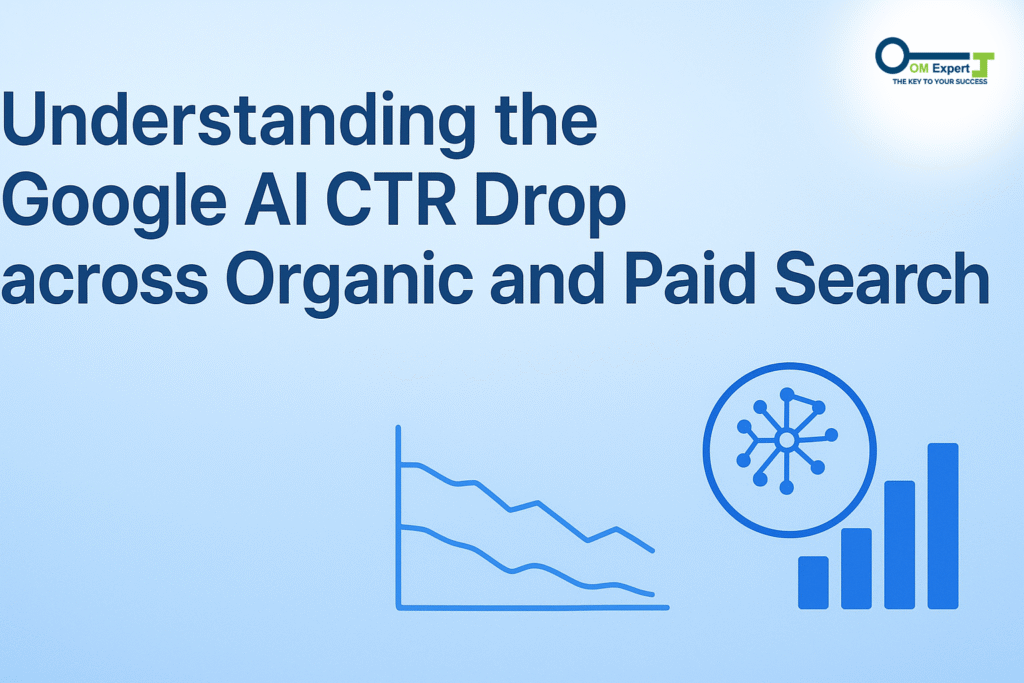
In recent months, digital marketers have witnessed something unexpected. A major Google AI CTR Drop across both organic and paid search results. CTR measures how often people click on a link after seeing it in search results. For years, SEO experts & advertisers have depended on CTR as a key measure of success. But now with Google’s new AI features taking center stage, this number is falling fast.
What’s happening? Why are brands seeing fewer clicks despite high rankings and well-optimized ads? And how can you adapt your strategy to this new AI-driven search landscape? Let’s dive deep into the Google AI effect CTR, exploring its causes, data trends, and real-world marketing impact across organic and paid search.
What is the Google AI CTR Drop?
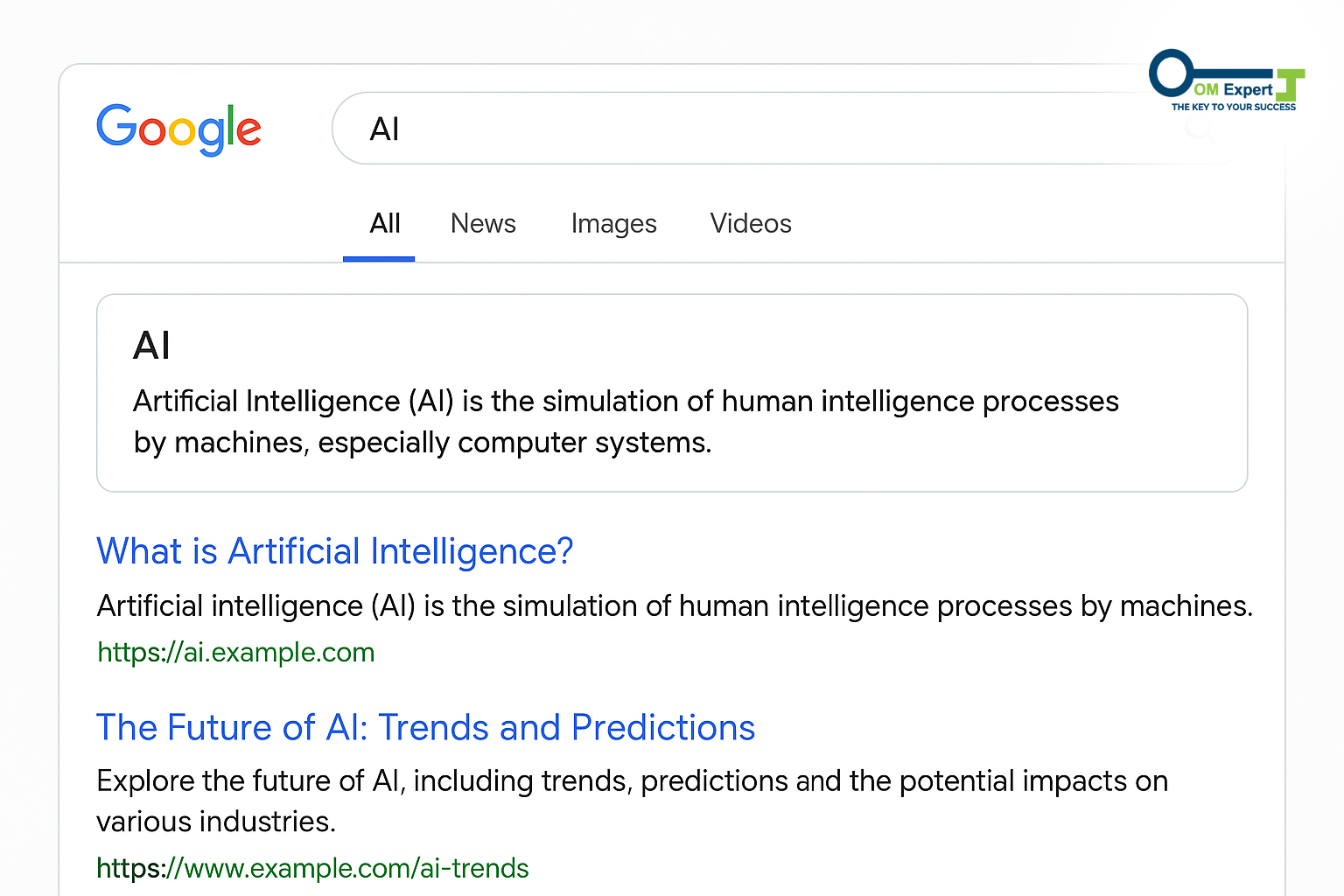
The Google AI CTR Drop refers to the noticeable decline in both organic and paid clicks that started appearing after Google began integrating advanced AI-generated summaries and overviews into its search results.
These AI-generated overviews (also known as Search Generative Experience or SGE) give users direct answers without needing to click on traditional links. As a result, users often get what they need instantly, leading to fewer clicks on search listings and ads.
How Google AI Changes Search Behaviour
Google’s AI models summarize results from multiple web pages to create instant answers. This changes how people interact with search results. Instead of clicking on multiple pages, users now read AI summaries and stop there.
This Google AI search behaviour has reshaped the balance between information seekers and publishers. For some, it’s convenient. For others, especially website owners and advertisers, it’s a red flag for decreasing engagement.
The Organic Side - Why CTRs Are Falling
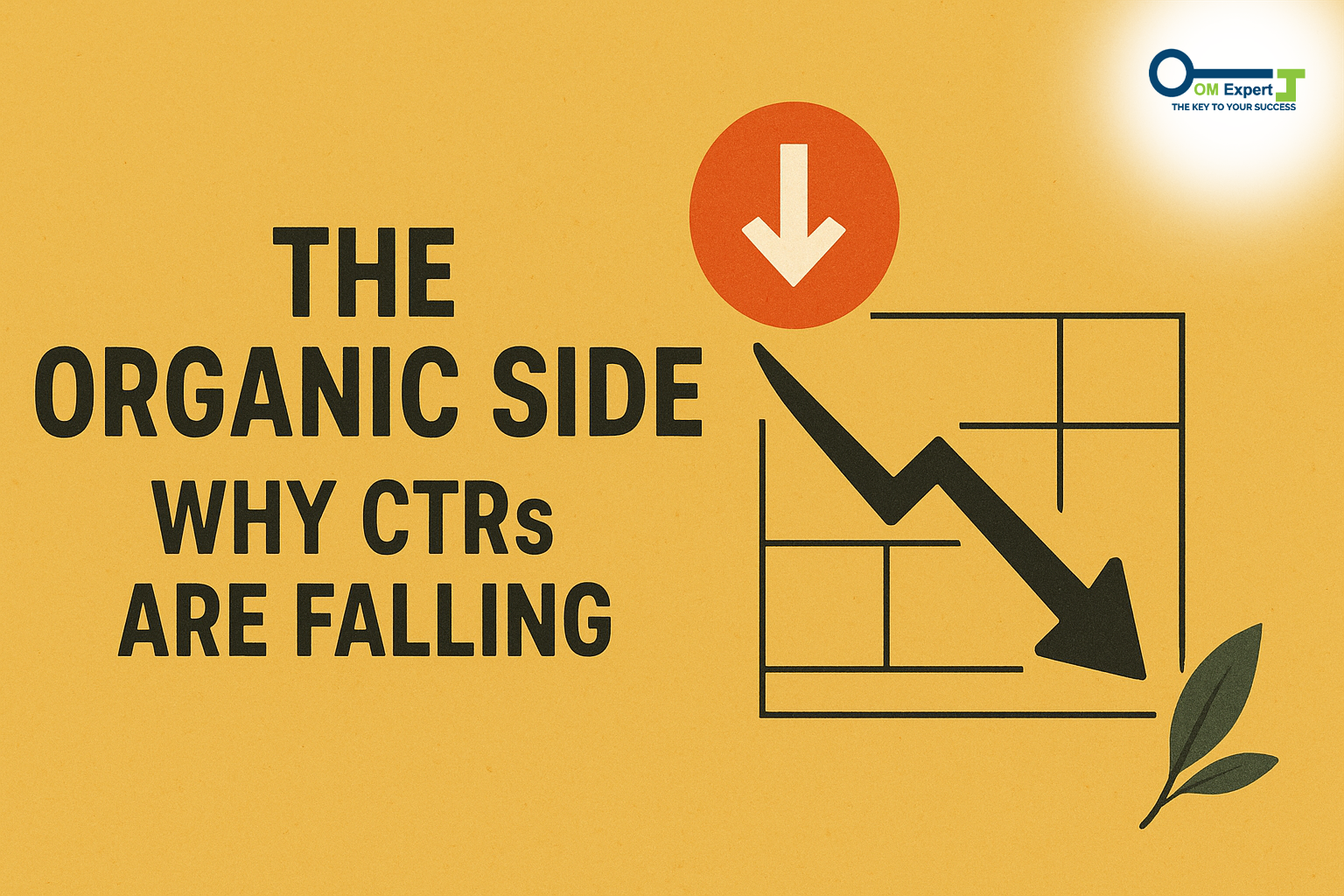
For SEO professionals, the Google AI organic CTR drop is one of the most concerning effects of AI-powered search. The top organic results are no longer always the first thing users see. Instead, AI-generated overviews dominate the upper screen space, pushing traditional links further down.
The Rise of Zero-Click Searches
A major trend linked with the Google AI zero-click searches phenomenon is that users now find their answers without leaving Google. Data suggests that nearly two-thirds of searches now end without a click. This means that even if your site ranks #1, it might not drive as much traffic as before. The Google AI traffic loss is, therefore, not about poor optimization but about reduced visibility due to AI overviews.
The SEO Impact of Google AI
The google ai seo impact extends beyond rankings. It affects how keywords are interpreted, how snippets are displayed, and how brands appear in AI overviews. Traditional SEO tactics that focused on metadata and backlinks must now evolve toward AI-driven content optimization.
For example, long-tail informational queries that once brought organic traffic now trigger AI summaries instead. This shift represents a Google AI organic traffic decline, with informational sites seeing major dips in engagement and session duration.
The Paid Perspective - Ad Performance in the AI Era
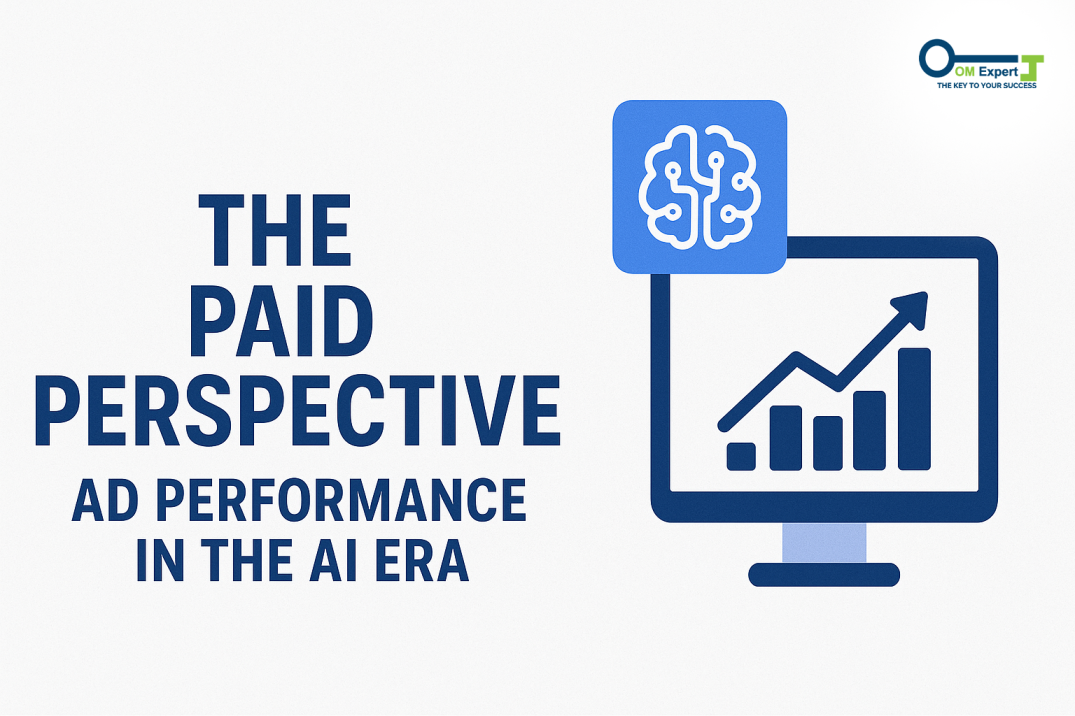
The Google AI CTR Drop doesn’t only impact organic search. Advertisers are also reporting a paid Google AI CTR Drop across search and shopping campaigns.
When AI summaries appear, they often push ads lower on the screen or integrate them differently into the layout. This new visual hierarchy makes ads less prominent, leading to fewer clicks and impressions.
Changes in Ad Layout and Positioning
Google’s AI-powered search results include dynamic ad placements that depend on the type of query. As a result, advertisers now face a Google AI overview ad layout that can drastically differ from traditional top-of-page ads.
With AI-generated overviews summarizing answers, users don’t scroll as much, making it harder for ads to stand out. This has caused a measurable Google AI ad performance drop, especially in non-commercial search categories.
Rethinking Paid Strategy for the AI Search Landscape
Marketers must adapt their Google AI paid ctr drop strategy to align with how AI-generated content interacts with ads. One solution is emphasizing branded search, where AI summaries often reference authoritative websites.
Similarly, ads that use strong value-based headlines and trust signals perform better in AI-assisted results. The future of PPC lies in understanding the Google AI overview, paid and organic interplay, and how both systems influence each other under the new algorithm.
How Google AI Is Redefining Search Intent
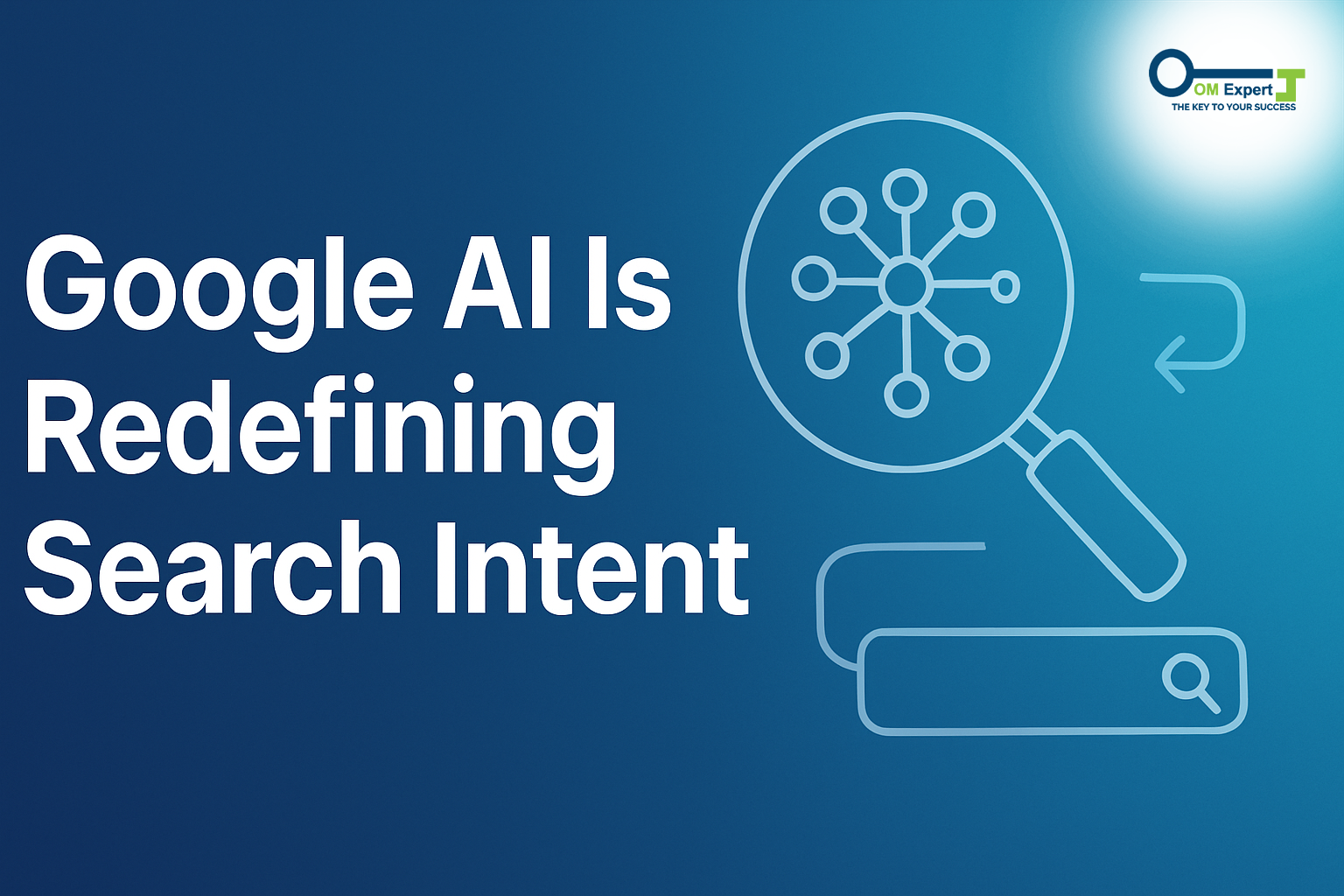
The integration of AI has altered the way Google interprets queries. Users are now searching with more conversational and context-based phrasing. This means marketers must revisit how they analyze and target search intent.
Query Changes and Contextual Results
The Google AI query changes are rooted in how Google’s AI predicts intent. Instead of matching exact keywords, it looks at context, tone, and implied meaning.
This evolution in Google AI search impact means that even if your page is optimized for a keyword, the AI may prefer summarizing from broader authority sources instead.
Brand Authority and Visibility
One striking pattern is that Google AI overview authority brands often dominate the summaries. Large publishers, government sites, and highly trusted domains appear more frequently in AI-generated results, leading to a Google AI share of voice imbalance that disadvantages smaller sites.
For marketers, the key challenge lies in strengthening brand authority and E-E-A-T (Experience, Expertise, Authoritativeness, and Trustworthiness) signals to earn AI citations and visibility.
The Publisher Effect - How Media and Blogs Are Affected
The Google AI overview publisher effect is particularly severe for news sites, bloggers, and niche content creators. Since AI overviews display summarized answers, the original content creators lose out on direct traffic.
The SEO Strategy Shift for Publishers
Publishers must adapt their google ai seo strategy by focusing on unique insights, original data, and human storytelling that AI cannot replicate. While AI can summarize facts, it can’t replace expert opinions, emotions, or real-world examples. These human-driven elements are what will continue to attract readers directly to the source.
Informational Queries and the Citation Effect
With the rise of Google AI overview informational queries, AI models often cite sources directly in overviews. This creates a new opportunity, the Google AI overview citation effect, where being cited can still bring brand awareness, even without direct clicks. Brands appearing in these citations maintain their presence in the search ecosystem, even if CTRs decline.
Measuring the New KPIs in AI Search
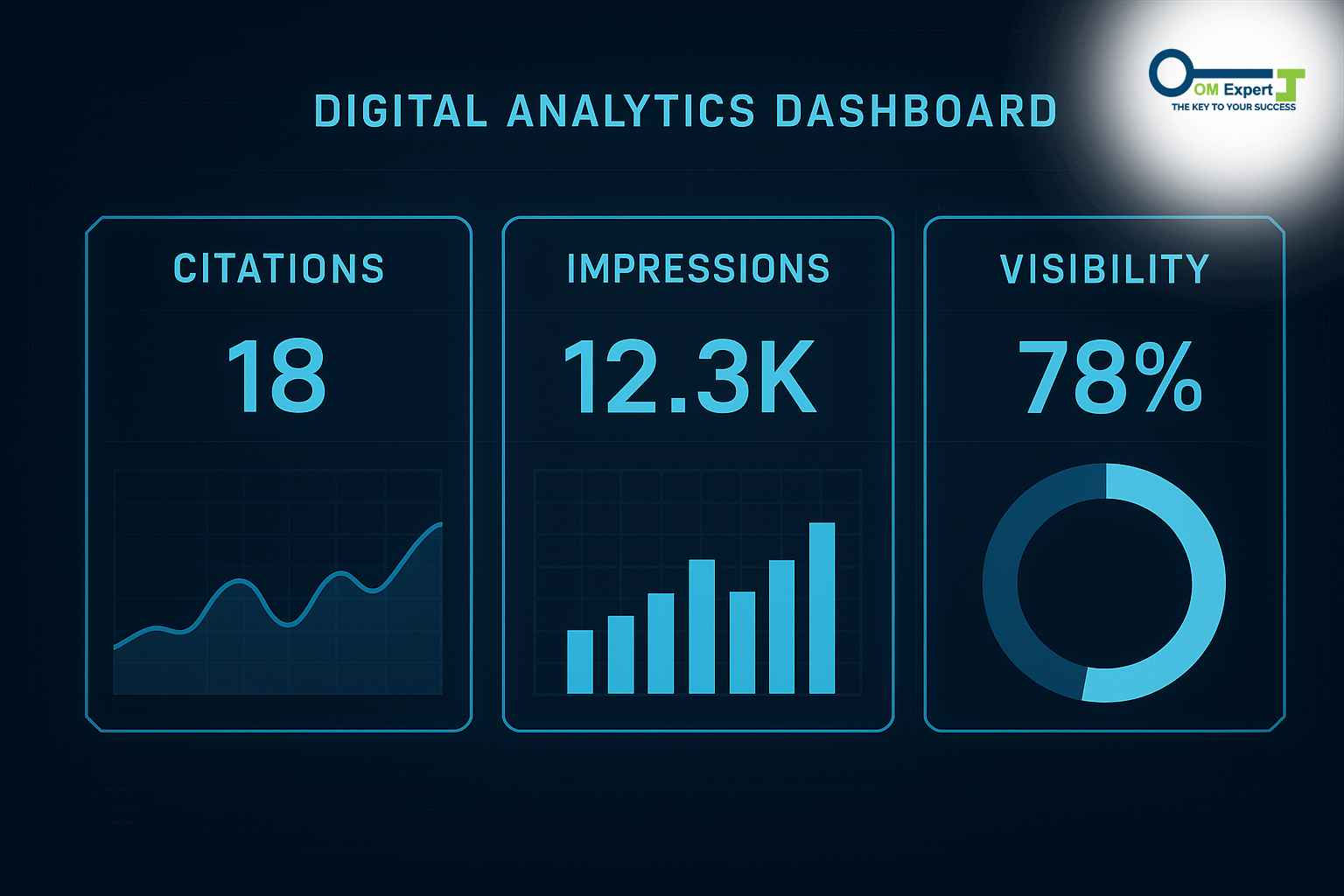
Traditional KPIs like CTR, impressions, and average position are becoming less reliable. Marketers now need to embrace a new set of performance metrics shaped by AI.
Traffic Trends and KPI Shifts
The Google AI overview of traffic trends shows that while clicks may decline, brand impressions and visibility in AI summaries can increase. This demands a mindset shift from pure click-based KPIs toward engagement and recognition-based measurement. The Google AI overview kpi shift requires tracking branded mentions, AI citations, and voice share instead of just CTR and conversions.
Understanding User Behaviour and Search Experience
AI-assisted search is designed for convenience. As such, Google AI overview user behaviour now leans toward quick scanning rather than deep browsing. This redefines the Google AI overview search experience, making it more interactive but less click-dependent.
To succeed, marketers must study these behaviour shifts to redesign landing pages and ad creatives that appeal to the new attention pattern.
The Future of Paid and Organic Search in the AI Era
The future of search is hybrid, an interplay of organic, paid, and AI-generated experiences.
The Interplay Between Paid and Organic
The Google AI overview paid and organic interplay shows that while both channels face CTR decline, their combined visibility in AI summaries could still offer strong brand recall. Marketers should integrate both strategies using paid campaigns to reinforce organic presence, and vice versa.
Marketing Challenges and Strategic Predictions
The Google AI overview marketing challenges revolve around balancing performance metrics, brand trust, and visibility. With CTRs declining, marketers must innovate to capture audience attention in non-click environments.
Predictions suggest a continuing Google AI overview future predictions trend where AI summaries grow smarter, more visual, and even personalized. This could lead to the emergence of “AI visibility optimization,” the next evolution of SEO.
Adapting Your Content and SEO Strategy

To counteract the Google AI CTR Drop, marketers must realign content and SEO practices to remain visible within AI-enhanced search environments.
Building an AI-Resilient SEO Strategy
The Google AI overview seo and Google AI overview content strategy demand a shift toward structured data, factual accuracy, and expertise-driven content. Use schema markup to signal relevance, and focus on creating authoritative material that AI trusts enough to reference.
Strengthening Brand Impact and Awareness
Even with declining clicks, the Google AI overview brand impact remains significant. Appearing in AI summaries builds authority and long-term brand memory. Focus on content that reinforces trust and provides value beyond what AI can summarize.
Paid Strategy Reinvention
On the paid side, marketers must adjust bidding strategies and ad creative to better align with Google AI Ads performance and new placement models. A mix of keyword diversification, audience targeting, and contextual bidding can help offset the Google AI CTR Drop.
The Broader Marketing Impact of Google AI
Beyond SEO and ads, the AI shift has implications for every aspect of digital marketing.
Traffic Decline vs. Engagement Value
The Google AI overview organic clicks and Google AI overview paid clicks may decline, but that doesn’t mean audience interest has disappeared. It simply means engagement has moved to AI-driven touchpoints.
Brands should view this as an opportunity to refine messaging and experiment with new search formats like conversational ads, voice queries, and generative brand assistants.
The Search Summaries and Content Discovery Shift
The Google AI overview search summaries have changed how users discover information. Instead of ten blue links, they see interactive, AI-generated snippets with mixed media elements.
For content creators, this calls for adaptation, developing assets that can integrate into Google AI overview search intent and Google AI outline search summaries seamlessly.
Conclusion: Turning the Google AI CTR Drop into an Opportunity
The Google AI CTR Drop marks a turning point in how search works, but it’s not the end of organic or paid visibility. It’s a wake-up call for marketers to evolve. By understanding Google AI overview traffic trends, Google AI overview seo, and the balance between paid and organic channels, you can adapt your strategy for sustained visibility in the AI age.
Instead of chasing clicks alone, focus on presence, authority, and relevance. In this new landscape, brand recognition and trust matter more than ever. If you want to stay ahead in this changing world of search and digital visibility, keep following OM Expert for insights, data-backed analysis, and future-ready SEO strategies.
